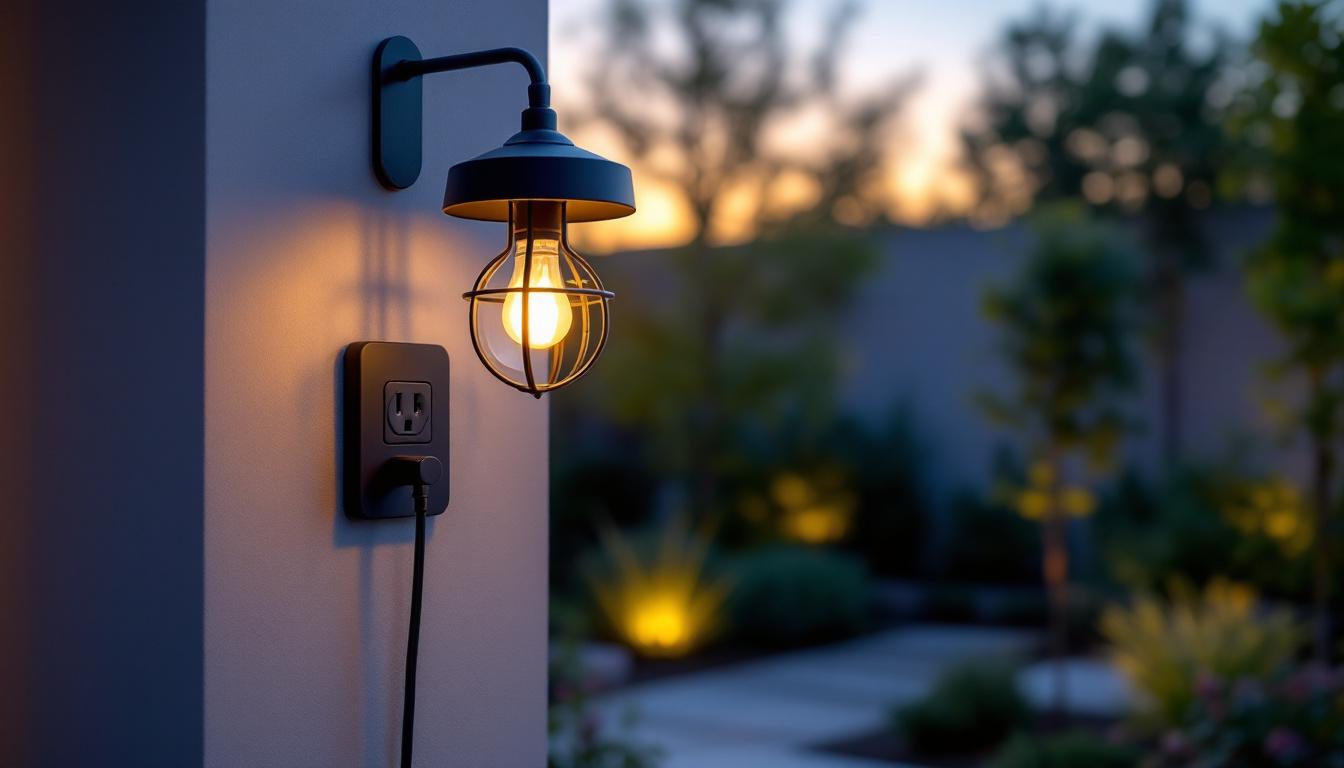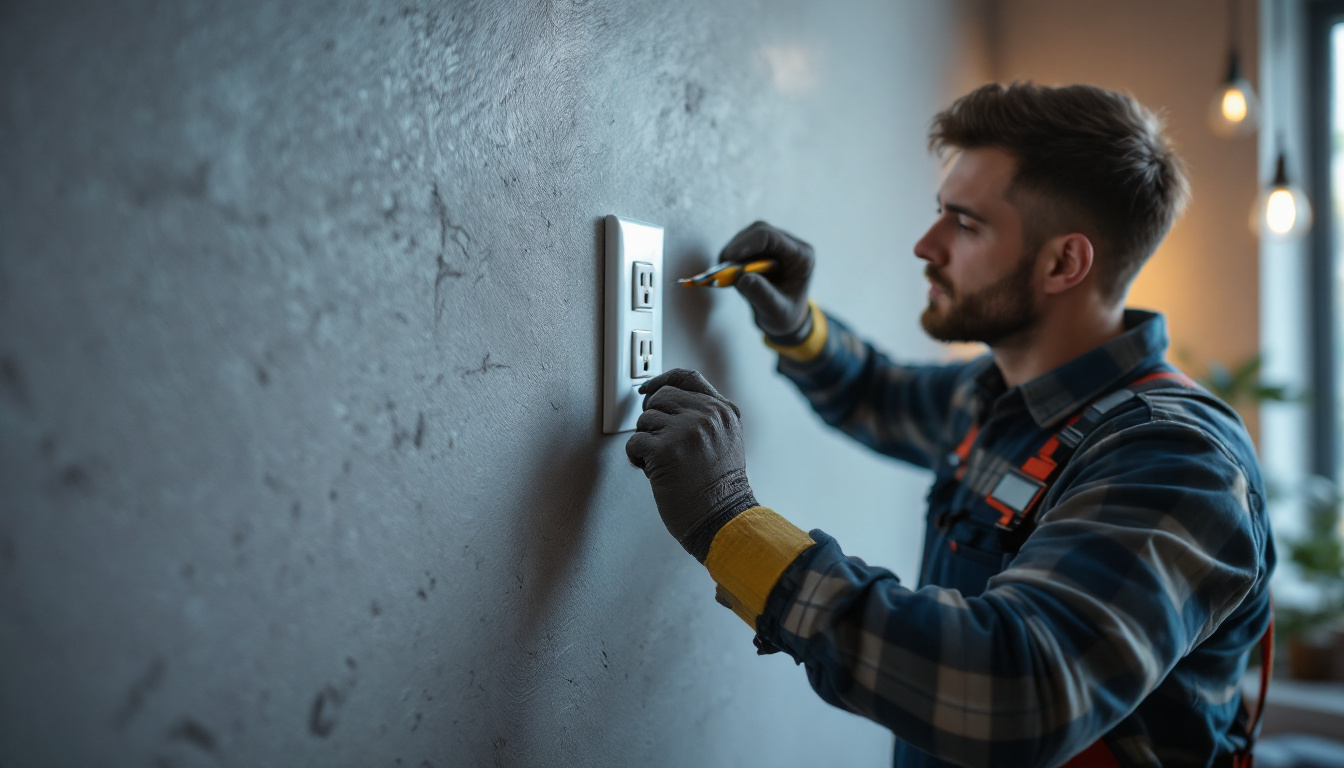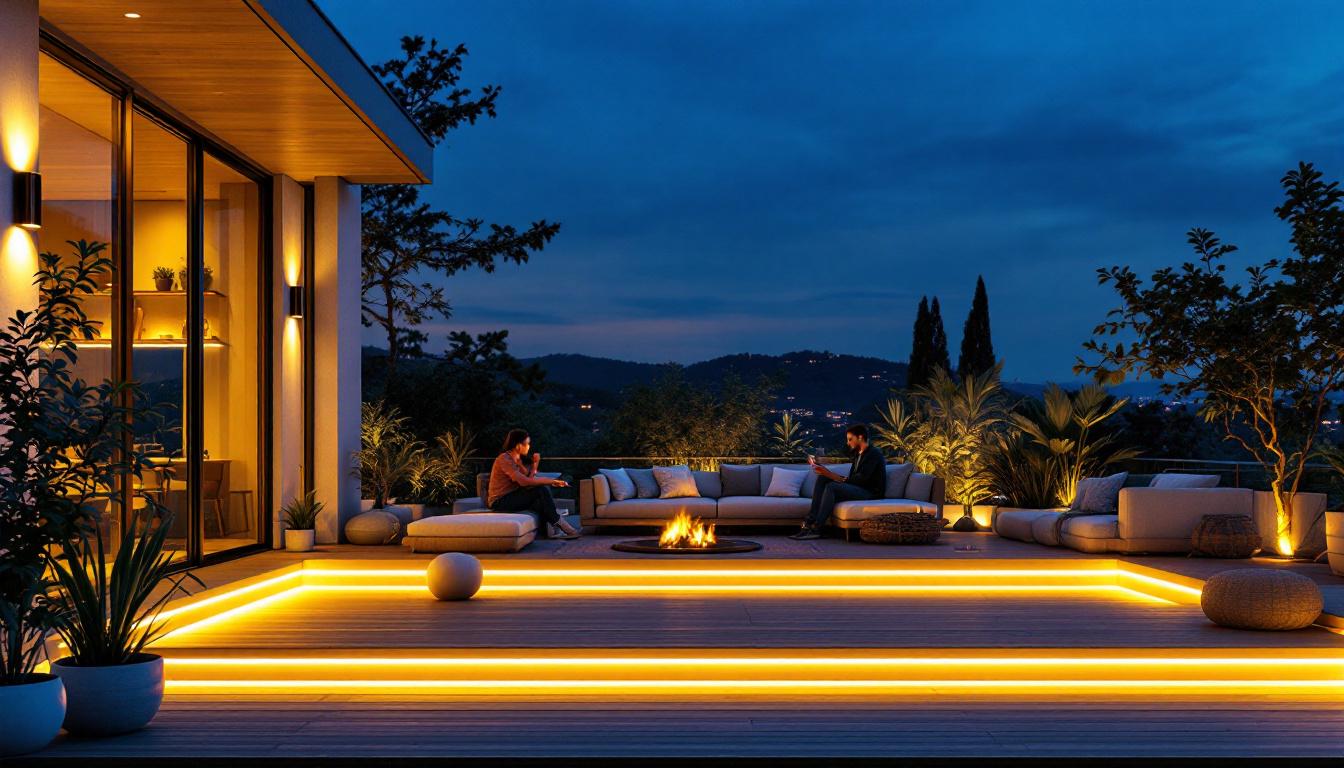
Outdoor lighting has evolved beyond simple illumination. Modern outdoor fixtures often combine functionality with convenience, and one of the most practical innovations is the integration of power outlets into outdoor light fixtures. For lighting contractors, understanding the nuances of these dual-purpose installations is essential to meet client demands and ensure safety and compliance.
Combining lighting with power outlets serves multiple purposes: it enhances outdoor usability, supports seasonal decorations, powers tools and devices, and provides a clean, efficient solution for outdoor electrical needs. This article delves into the technical, practical, and regulatory aspects that lighting contractors should consider when specifying and installing outdoor lights with power outlets.
One of the most significant advantages of outdoor lights with power outlets is their ability to transform outdoor spaces into functional areas for entertainment and leisure. Homeowners can easily set up outdoor speakers, string lights, or even electric heaters, creating a cozy atmosphere for gatherings. Moreover, these fixtures can facilitate the use of power tools for gardening or maintenance tasks, making them invaluable for homeowners who enjoy DIY projects. The convenience of having readily available power sources encourages more frequent use of outdoor spaces, thereby enhancing the overall enjoyment of a property.
From a safety perspective, the installation of outdoor lights with power outlets must adhere to specific electrical codes and standards to prevent hazards such as short circuits or electrical shocks. Contractors must ensure that the outlets are weatherproof and properly grounded, and they should also consider the placement of these fixtures to minimize the risk of tripping hazards. Additionally, incorporating features like GFCI (Ground Fault Circuit Interrupter) protection can further enhance safety, providing an extra layer of protection against electrical faults in wet or damp conditions. Understanding these regulations not only ensures compliance but also builds trust with clients who prioritize safety in their outdoor environments.
Outdoor spaces are increasingly becoming extensions of living areas, used for entertaining, gardening, and working. Integrating power outlets into lighting fixtures allows homeowners and businesses to power equipment such as electric grills, holiday lights, lawn tools, or charging stations without running unsightly extension cords. This not only enhances the aesthetic appeal of outdoor areas but also promotes safety by reducing trip hazards associated with loose cables. Furthermore, having readily available power sources encourages more frequent use of outdoor spaces, making them ideal for gatherings, family barbecues, or simply enjoying a quiet evening under the stars.
From a contractor’s perspective, offering this combined solution can differentiate your service, providing added value to clients who seek seamless, multi-functional outdoor setups. It also simplifies the electrical infrastructure by consolidating lighting and power needs into a single installation point. This streamlined approach can lead to cost savings during installation and maintenance, as fewer components and connections are required. Contractors can also take advantage of this trend by showcasing their expertise in creating integrated outdoor environments that are both functional and visually appealing, ultimately enhancing their portfolio and attracting a broader clientele.
With the rise in smart home technologies and outdoor living trends, clients are increasingly requesting versatile outdoor electrical solutions. Power outlets integrated with lighting fixtures align perfectly with these trends, supporting smart lighting controls, outdoor entertainment systems, and even electric vehicle charging in some cases. As homeowners look to create more sophisticated outdoor living spaces, the ability to control lighting and power from a smartphone or tablet becomes a highly desirable feature. This integration not only adds convenience but also allows for personalized ambiance settings that can enhance the overall outdoor experience.
Additionally, the demand for energy-efficient and weather-resistant outdoor electrical products is growing. Lighting contractors who stay informed about these trends can better advise clients on the latest products and installation best practices. For instance, utilizing LED lighting not only reduces energy consumption but also extends the lifespan of the fixtures, making them a cost-effective choice in the long run. Moreover, incorporating weatherproof outlets ensures that clients can safely use their outdoor spaces year-round, regardless of the elements. As sustainability becomes a priority for many homeowners, offering eco-friendly solutions can further position contractors as leaders in the market, appealing to environmentally conscious clients who want to minimize their carbon footprint while enjoying their outdoor environments.
One of the most critical aspects for lighting contractors is ensuring that installations comply with local electrical codes and the National Electrical Code (NEC). Outdoor power outlets must be GFCI (Ground Fault Circuit Interrupter) protected to prevent electrical shock hazards, especially in wet or damp environments.
Furthermore, the fixtures and outlets must be rated for outdoor use, with appropriate weatherproofing and corrosion resistance. This includes using in-use covers that protect outlets even when cords are plugged in, preventing water intrusion and maintaining safety.
When combining lighting and power outlets on the same circuit, contractors must carefully calculate the total load to avoid overloading. Outdoor lights typically consume less power, but the outlets may be used for high-draw devices such as power tools or heaters.
It is advisable to separate lighting and outlet circuits where possible or ensure the circuit breaker and wiring are rated for the maximum expected load. Proper circuit planning also enhances reliability and reduces the risk of nuisance tripping.
Choosing the right fixture with an integrated power outlet involves balancing aesthetics, functionality, and durability. Contractors should select fixtures that complement the architectural style of the property while providing sufficient illumination and easy access to the outlet.
Materials such as die-cast aluminum with powder coating or stainless steel offer excellent weather resistance. Additionally, LED lighting technology is preferred for its energy efficiency, long life, and low heat output, which can be beneficial when combined with electrical outlets.
A thorough site assessment is essential before installation. Contractors should evaluate the location for optimal lighting coverage, outlet accessibility, and protection from environmental factors like rain, snow, and direct sunlight.
Consideration should also be given to the proximity of existing electrical panels, underground utilities, and potential future expansions. Planning conduit runs and wiring routes to minimize exposure and damage risks is crucial for long-term reliability.
Proper mounting ensures the fixture and outlet remain secure and functional over time. Use hardware and anchors suitable for the mounting surface, whether wood, masonry, or metal. Ensure the outlet is positioned for easy access without compromising protection from the elements.
Wiring should follow best practices, including using outdoor-rated cables and connectors, sealing all junction boxes, and maintaining proper wire gauge for the load. Labeling circuits and documenting the installation details help with future maintenance and troubleshooting.
After installation, comprehensive testing is vital. Verify that the lighting operates as intended and that the power outlet is GFCI protected and functions correctly under load. Testing for water ingress and mechanical stability ensures the installation meets safety and durability standards.
Providing clients with a demonstration of the system’s operation and maintenance tips enhances customer satisfaction and reduces service calls.
Outdoor fixtures with power outlets require periodic inspection to maintain safety and performance. Check for signs of corrosion, loose connections, or damage to outlet covers. Clean lenses and outlet covers to ensure optimal lighting and protection.
Regular maintenance helps identify potential issues early, such as moisture ingress or wear on seals, which can compromise safety and functionality.
Lighting contractors should be prepared to address common problems such as outlet failure due to moisture, tripped GFCI breakers, or fixture malfunction. Moisture-related issues often stem from improper sealing or damaged covers and can be resolved by replacing components or enhancing weatherproofing.
Tripped breakers may indicate overloads or ground faults; troubleshooting involves checking connected devices and wiring integrity. Educating clients on proper use and load limits can prevent many common issues.
By mastering the installation of outdoor lights with power outlets, contractors can expand their service portfolio to include integrated outdoor electrical solutions. This capability can attract new clients looking for comprehensive outdoor living enhancements.
Offering bundled services — such as lighting design, installation, and outdoor power solutions — positions contractors as experts and can lead to higher project values and customer loyalty.
In a competitive market, providing innovative and practical solutions like outdoor lights with integrated power outlets sets contractors apart. Clients appreciate the convenience and safety of these systems, often leading to positive referrals and repeat business.
Staying current with product innovations and installation techniques also reinforces a contractor’s reputation for professionalism and quality workmanship.
Outdoor lights with power outlets represent a smart, practical solution that addresses modern outdoor living needs. For lighting contractors, understanding the technical requirements, safety standards, and installation best practices is crucial to delivering safe, reliable, and attractive systems.
By incorporating these combined fixtures into your service offerings, you not only meet evolving client expectations but also enhance your business’s competitive edge. Proper planning, execution, and maintenance ensure these installations provide lasting value and satisfaction for both contractors and clients alike.
Ready to elevate your outdoor lighting installations with the convenience of integrated power outlets? Look no further than LumenWholesale for all your lighting needs. Our extensive selection of spec-grade lighting products is designed to meet the highest industry standards, ensuring you deliver safe, reliable, and attractive lighting systems to your clients. With unbeatable wholesale prices and the advantage of bulk buying without the hassle, you can provide premium lighting solutions at the best value. Plus, enjoy free shipping on your orders, making it easier than ever to access quality lighting without hidden fees. Experience the perfect blend of quality, affordability, and convenience. Visit LumenWholesale today and discover the best in wholesale lighting for your next project.

Discover effective strategies and expert tips for lighting contractors to enhance their projects and boost client satisfaction.

Discover how contemporary outdoor house lights can transform your business and help you secure more lighting contracts.

Discover essential tips for selecting and installing electrical outdoor boxes to ensure your lighting projects stand the test of time.

Discover the frequent pitfalls lighting contractors face with standard bulbs and learn how to avoid them.